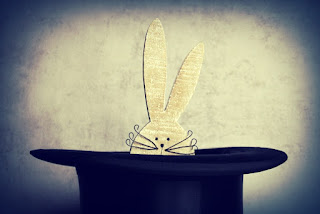One sport often linked to high IQ is chess. Chess is a strategic game that requires deep critical thinking, planning, and problem-solving skills. Many chess grandmasters, such as Garry Kasparov and Bobby Fischer, are renowned for their exceptional intelligence. The intricate nature of chess can help develop cognitive abilities, leading to improved logical thinking and concentration.
Another sport that often correlates with high intelligence is table tennis. It demands quick reflexes, sharp hand-eye coordination, and strategic planning. Elite table tennis players excel in decision-making and adaptability, which are skills often associated with high IQ.
Golf, a sport renowned for its mental demands, is also connected to intelligence. Players must calculate distances, angles, and wind conditions while maintaining composure. The ability to strategize and make informed decisions on the golf course can be a reflection of a high IQ.
In addition, sports like fencing, archery, and shooting require precision, focus, and the ability to make split-second decisions, all of which are associated with high cognitive function.
It's important to note that intelligence is a complex attribute that cannot be solely attributed to participation in a specific sport. Many factors influence intelligence, including genetics, education, and life experiences. Moreover, high intelligence can be found in athletes across various sports, not just those traditionally associated with intellectual pursuits.
In conclusion, while certain sports like chess, table tennis, golf, and others demand a high degree of mental acumen, it's crucial to remember that intelligence is multifaceted. Participation in any sport can help enhance cognitive skills, but attributing high IQ solely to a particular sport is an oversimplification. Intelligence is shaped by a combination of factors, and sports can play a role in nurturing cognitive abilities, but they are not the sole determinants of a person's intelligence.
Photo: Pixabay (free)





